For fact-checking, we use the following scale:
![]()
We evaluate verified content by categories:
- correct
- mostly correct
- partially incorrect
- incorrect
- manipulated
- mostly incorrect
- lack of context
- uncertain
Correct
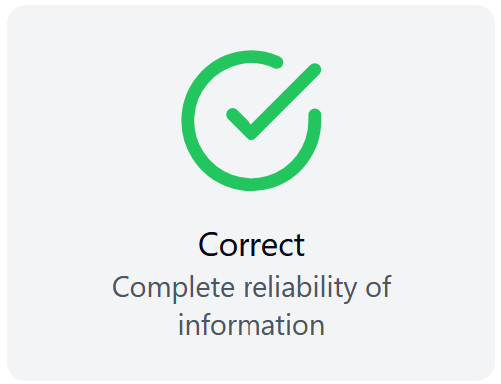
- Claims or statements are true.
Mostly correct
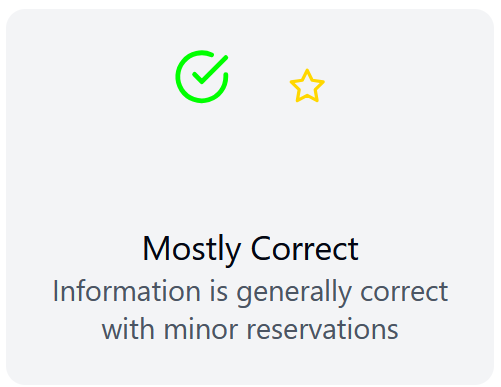
- Only a few aspects, which are not essential to the argumentation, are incorrect or omitted.
- Inaccuracies or incorrect aspects do not affect the correctness of the main thesis.
Partially incorrect
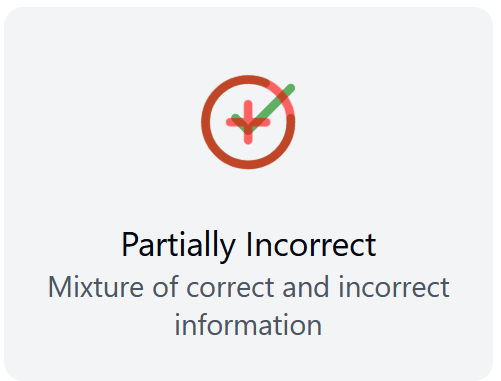
- There is a mixture of false and correct statements; the ratio of these two is approximately the same.
Incorrect
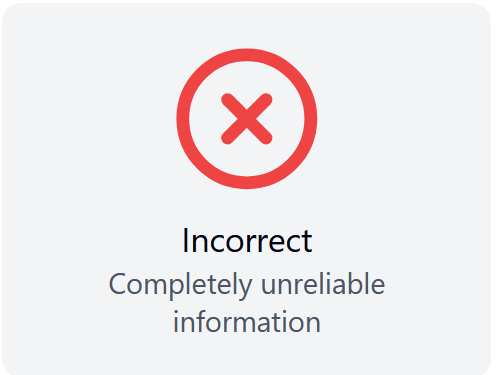
- The thesis or claim is completely false: information from several sources or opinions of several experts in the specific field contradict it.
- Cause-and-effect relationships and connections clearly do not exist as claimed.
- The alleged quote is fictitious; the person never said anything like it or something similar.
- When quoting, substantial parts are omitted, rearranged, changed, or incorrectly translated from a foreign language, resulting in the meaning of what was said being fundamentally changed.
- The alleged event is fictitious and never took place.
- The event occurred in substantial aspects differently than claimed.
- The statement about a photo/video/document or research/statistics is false. For example, because the images show something other than what is claimed, or the research/statistics were misinterpreted.
Manipulated

- A document, photo, or video has been edited to distort its meaning: something has been artificially added or omitted – for example, parts of an image or video have been cut out, text has been replaced, digital effects have been added, incorrect sound accompaniment or incorrect subtitles have been inserted.
- A photo or video was created using artificial intelligence (AI).
- A webpage or screenshot has been faked to imitate a legitimate source or the false identity of the sender.
- The graphic is manipulative, for example, because it presents data distorted by optical effects.
Mostly incorrect

- If several claims were made, most of them are false.
- Minor aspects may be correct or unsubstantiated, but they do not affect the incorrect main thesis.
- The claim may contradict a true fact or event, but is still clearly false.
Lack of context
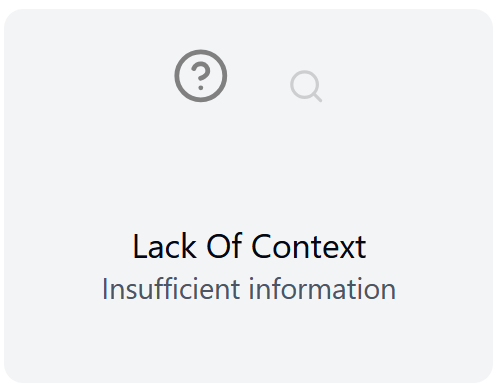
- Important information and details necessary for understanding the facts were omitted.
- Facts or figures are correct, but are improperly generalized or distributed without the necessary context, leading to misunderstandings and false conclusions.
- A correct quote is taken out of context and therefore can be misunderstood. For example, because the meaning of the entire conversation, the person’s own classification, or explanatory sentences that came before or after the quote were omitted.
- Dates and figures were previously correct but are now outdated: later information differs significantly, but the main thesis is not incorrect.
Uncertain
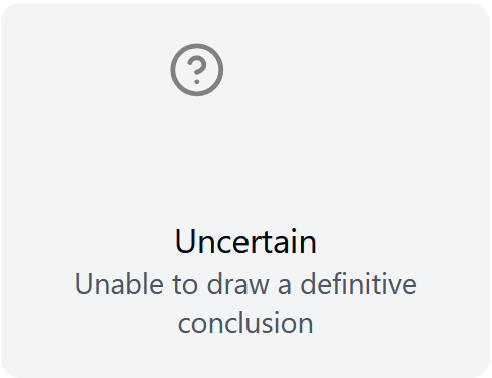
- Evidence for the claim, quote, or event is missing or insufficient. However, there is not enough evidence that they are false.
- It is rumor or speculation.
- Cause-and-effect relationships are assumed, although there is only a correlation of facts or data.
- The investigation is not yet complete.
- It is a research topic about which there is still insufficient knowledge.
